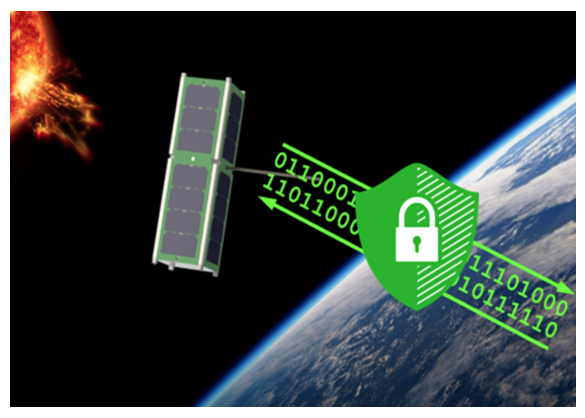Using Single Event Effects to Generate Truly Random Numbers for Encryption Keys
PI: Brock LaMeres, Montana State University - Bozeman
PI: Brock LaMeres, Montana State University - Bozeman

- TA05 Communication and Navigation
The weakness of modern encryption standards is not necessarily in their mathematical complexity, but rather in the predictive data patterns that arise due to using encryption keys that are not truly random. This allows attackers to narrow down their key search to those that could be related to the patterns emerging in the data stream. Thus, a technology that can generate truly random numbers in a lightweight, silicon-based form factor can greatly improve both the security and authentication of satellite communication links.
A suborbital flight test on a World View Strato-Craft balloon platform will expose the system to a relevant environment and advance its TRL from 4 to 6. This long duration (~8 hours), high altitude (>30km) test will allow the technology to be bombarded with ionizing radiation without the protection of the Earth's atmosphere and characterize experiments related to the randomness and rate of the SEE generated keys.
Technology Details
-
Selection DateREDDI-F1-18 (Aug 2018)
-
Program StatusActive
- 1 Balloon
Development Team
-
PIBrock LaMeres
-
Organization
-
SponsorNASA

